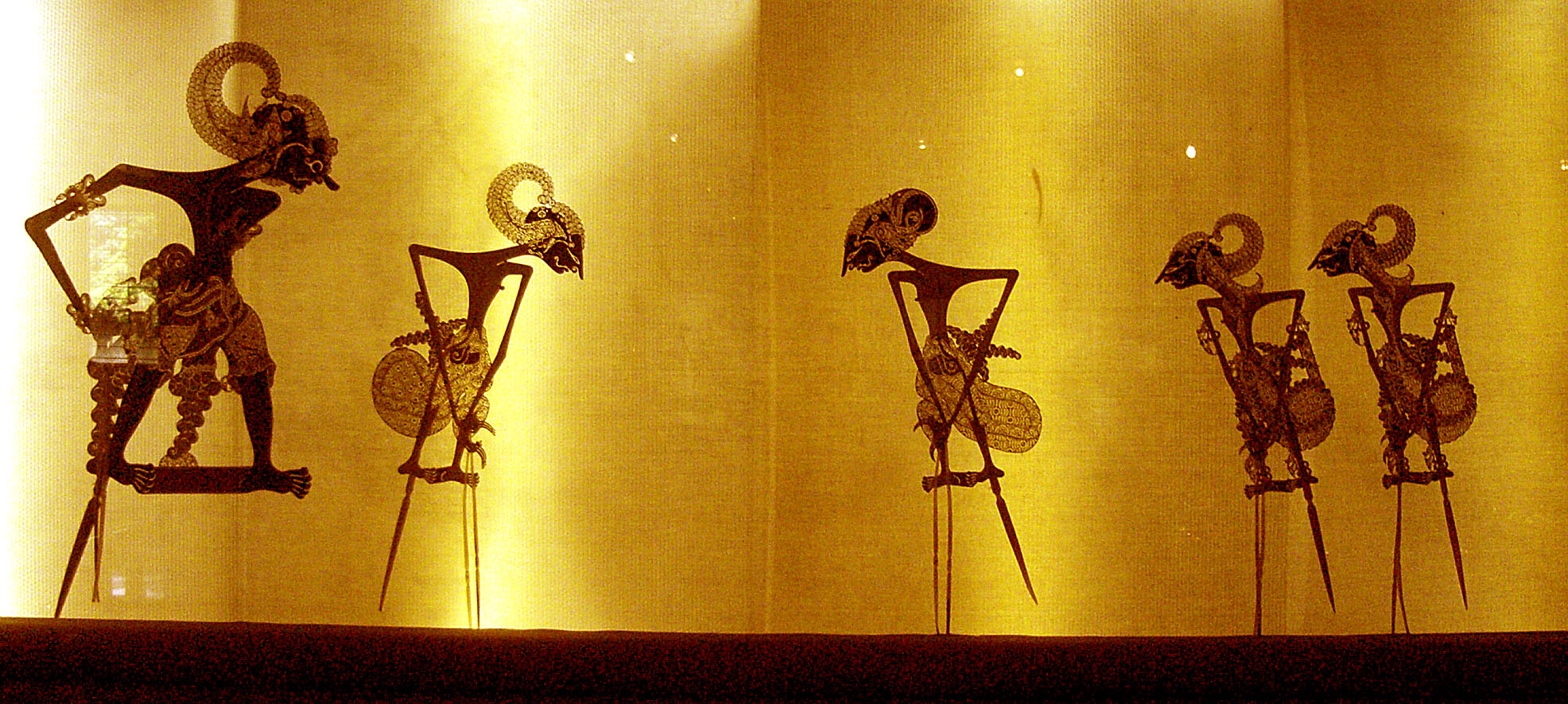|
Haremlik
In pre- Atatürk Turkey, a haremlik was the private portion of upper-class Ottoman homes, as opposed to the ''selamlik'', the public area or reception rooms, used only by men in traditional Islamic society. This contrasts with the common usage of harem as an English loan-word, which implies a female-only enclave or seraglio A seraglio, serail, seray or saray (from fa, سرای, sarāy, palace, via Turkish and Italian) is a castle, palace or government building which was considered to have particular administrative importance in various parts of the former Ott .... Although the women of the household were traditionally secluded in the haremlik, both men and women of the immediate family lived and socialized there. Popular culture Ann Bridge's ''Enchanter's Nightshade'' depicts Ottoman life in the period of Atatürk's rise to power, and makes clear the distinction in social usage in that period between the ''haremlik'' and ''selamlik''. References {{Reflist Archit ... [...More Info...] [...Related Items...] OR: [Wikipedia] [Google] [Baidu] |
Harem
Harem (Persian: حرمسرا ''haramsarā'', ar, حَرِيمٌ ''ḥarīm'', "a sacred inviolable place; harem; female members of the family") refers to domestic spaces that are reserved for the women of the house in a Muslim family. A harem may house a man's wife or wives, their pre-pubescent male children, unmarried daughters, female domestic servants, and other unmarried female relatives. In harems of the past, slave concubines were also housed in the harem. In former times some harems were guarded by eunuchs who were allowed inside. The structure of the harem and the extent of monogamy or polygamy has varied depending on the family's personalities, socio-economic status, and local customs. Similar institutions have been common in other Mediterranean and Middle Eastern civilizations, especially among royal and upper-class families, and the term is sometimes used in other contexts. In traditional Persian residential architecture the women's quarters were known as ''andar ... [...More Info...] [...Related Items...] OR: [Wikipedia] [Google] [Baidu] |
Selamlik
The selamlik, selamlek or sélamlique ( tr, selamlık) was the portion of an Ottoman palace or house reserved for men; as contrasted with the seraglio, which is reserved for women and forbidden to men. Selamlik was also a portion of the household reserved for the guests (from the root word ''selam'', "greeting"), similar to the ''andronites'' (courtyard of men) in Ancient Greece, where guests would be welcomed by the males of the household. The ''harem'' is the portion for the family. See also *Haremlik *Odalisque An odalisque (, tr, odalık) was a chambermaid or a female attendant in a Turkish seraglio, particularly the court ladies in the household of the Ottoman sultan. In western usage, the term came to mean the harem concubine, and refers to the ... Sources and references Dictionary.com - Selamlik entry Ottoman culture Architecture in the Ottoman Empire Architecture in Turkey Turkish words and phrases ... [...More Info...] [...Related Items...] OR: [Wikipedia] [Google] [Baidu] |
Islamic Culture
Islamic culture and Muslim culture refer to cultural practices which are common to historically Islamic people. The early forms of Muslim culture, from the Rashidun Caliphate to the early Umayyad period and the early Abbasid period, were predominantly Arab, Byzantine, Persian and Levantine. With the rapid expansion of the Islamic empires, Muslim culture has influenced and assimilated much from the Persian, Egyptian, North Caucasian, Turkic, Mongol, Indian, Bangladeshi, Pakistani, Malay, Somali, Berber, Indonesian, and Moro cultures. Islamic culture generally includes all of the practices which have developed around the religion of Islam. There are variations in the application of Islamic beliefs in different cultures and traditions. Language and literature Arabic Arabic literature ( ar, الأدب العربي / ALA-LC: ''al-Adab al-'Arabī'') is the writing, both prose and poetry, produced by writers in the Arabic language. The Arabic word used for literature is ''" A ... [...More Info...] [...Related Items...] OR: [Wikipedia] [Google] [Baidu] |
Seraglio
A seraglio, serail, seray or saray (from fa, سرای, sarāy, palace, via Turkish and Italian) is a castle, palace or government building which was considered to have particular administrative importance in various parts of the former Ottoman Empire. "The Seraglio" may refer specifically to the Topkapı Palace, the residence of the former Ottoman sultans in Istanbul (known as Constantinople in English at the time of Ottoman rule). The term can also refer to other traditional Turkish palaces (every imperial prince had his own) and other grand houses built around courtyards. Etymology The term ''seraglio'', from Italian, has been used in English since 1581. The Italian Treccani dictionary gives two derivations: # one via tr, seray or (with the variants ''seraya'' or ''saraya''), which comes from fa, سرای, sarāy, palace or, per derivation, the enclosed court for the wives and concubines of the harem of a house or palace (see ); # the other — in the sense of enc ... [...More Info...] [...Related Items...] OR: [Wikipedia] [Google] [Baidu] |
Ann Bridge
Ann Bridge (11 September 1889 – 9 March 1974) is the pseudonym of Mary Ann Dolling (Sanders), Lady O'Malley, also known as Cottie Sanders. Bridge wrote 14 novels, mostly based on her experiences living in foreign countries, one book of short stories, a mystery series, and several autobiographical non-fiction books. Early life The seventh of eight children of an English father, James Harris Sanders (1844–1916), and an American mother from Louisiana, Marie Louise Day (1852–1923), she was named Mary Ann Dolling Sanders and later nicknamed "Cottie". Her father was a successful international salesman of metal products. In 1900, her parents took all their children on an overseas trip to Paris and Switzerland, and Cottie Sanders, "born with an inexplicable craving for heights," was enchanted by the Alps and became interested in mountain climbing. The family continued to spend summers in Switzerland. The Sanders family moved to London in 1904, when the father encountered financ ... [...More Info...] [...Related Items...] OR: [Wikipedia] [Google] [Baidu] |


